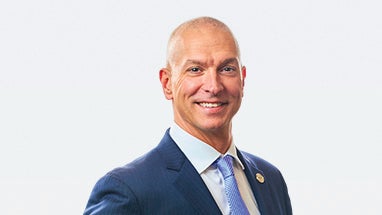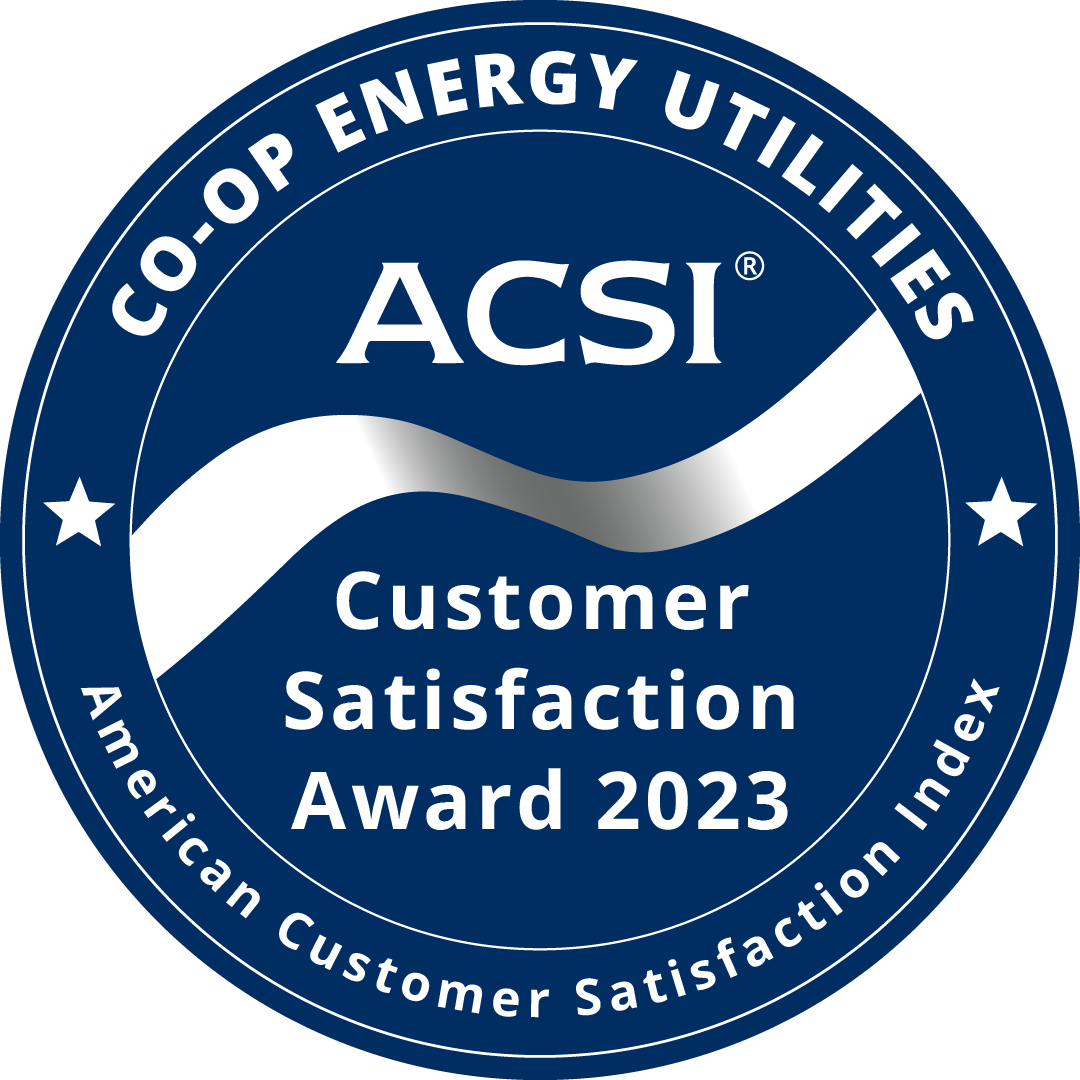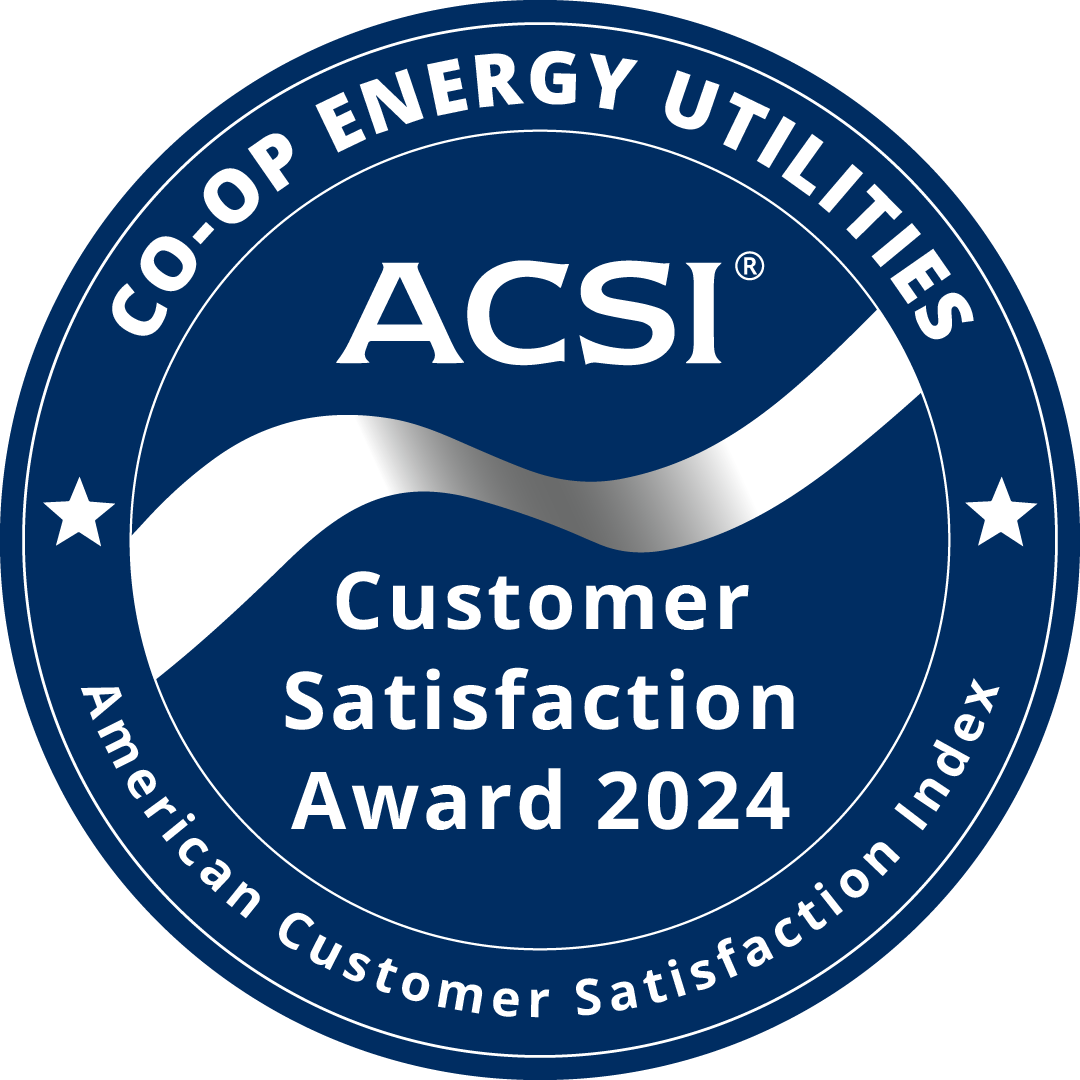
Dear Members,
In my last editorial, I shared how energy demand across Virginia is rising faster than ever before and how that reality requires a clear, responsible approach to planning for the future. That projection wasn’t just a warning, it was a signal to prepare.
At the end of July, the organization that manages our regional electric grid, called PJM, announced the results of its latest energy capacity auction. That might not sound like big news, but the outcome affects how much all of us will pay for electricity in the future.
Here’s the bottom line: the cost to make sure enough electricity is available during peak demand times — the hottest of summer days and the coldest of winter nights – is going up. For the upcoming 2026-2027 time frame, prices across the region hit the maximum level allowed. While this is slightly lower than the year before, it still adds pressure to our power supply costs. This is the portion of our member-owner electric bills that is steadily increasing and resulting in higher monthly bills. That’s where careful planning comes in, and it’s something we take seriously at Rappahannock Electric Cooperative (REC).
At REC, we’re doing everything we can to manage these impacts. We’re reducing demand during peak times, investing in storage and smart systems and using data to make wise decisions. But these strategies can only go so far.
The truth is this: if we want reliable, affordable power in the years ahead, we need more power — period.
New power generation must be built to meet growing demand. Without it, the wholesale power market supply will continue to tighten, and costs will continue to rise. That’s why REC is working closely with our power supplier, Old Dominion Electric Cooperative and actively engaging with regional and national partners to ensure the right investments are made and made quickly.
Here in Virginia, enabling those investments isn’t just about engineering and economics, it’s also about policy. In 2025, Virginia became the No. 1 state in terms of energy imports. That means Virginia relies more than any other state on energy generated outside the Commonwealth to power our homes and businesses. Current laws and regulatory frameworks impact how, where, and what type of new generation can be built. For Virginia to stay ahead of this challenge, we need a balanced approach that supports timely investment in new power resources in the Commonwealth.
That’s where you come in. As members, your voices matter. We encourage you to stay informed, speak up, and engage with leaders at every level. This is about ensuring the energy future we all want — one that is reliable, affordable, and ready to support our growing communities.
REC will continue doing everything within our control to manage costs and advocate for the needs of our members. But solving this challenge will take more than smart strategies and new technology. It will take awareness, engagement, and a shared commitment to shaping energy policy that works for all Virginians.
Let’s stay focused. Let’s stay realistic. And let’s work together to power Virginia’s future with clarity, responsibility, and readiness.
Sincerely,
John Hewa | President & CEO


